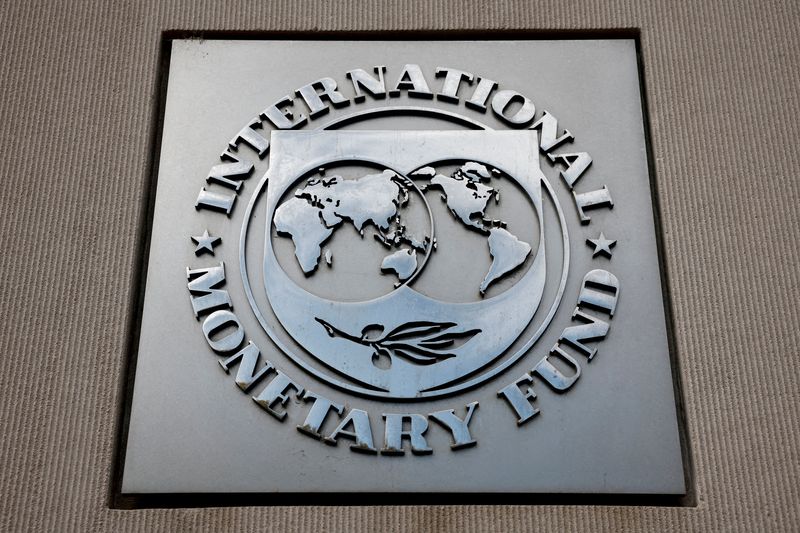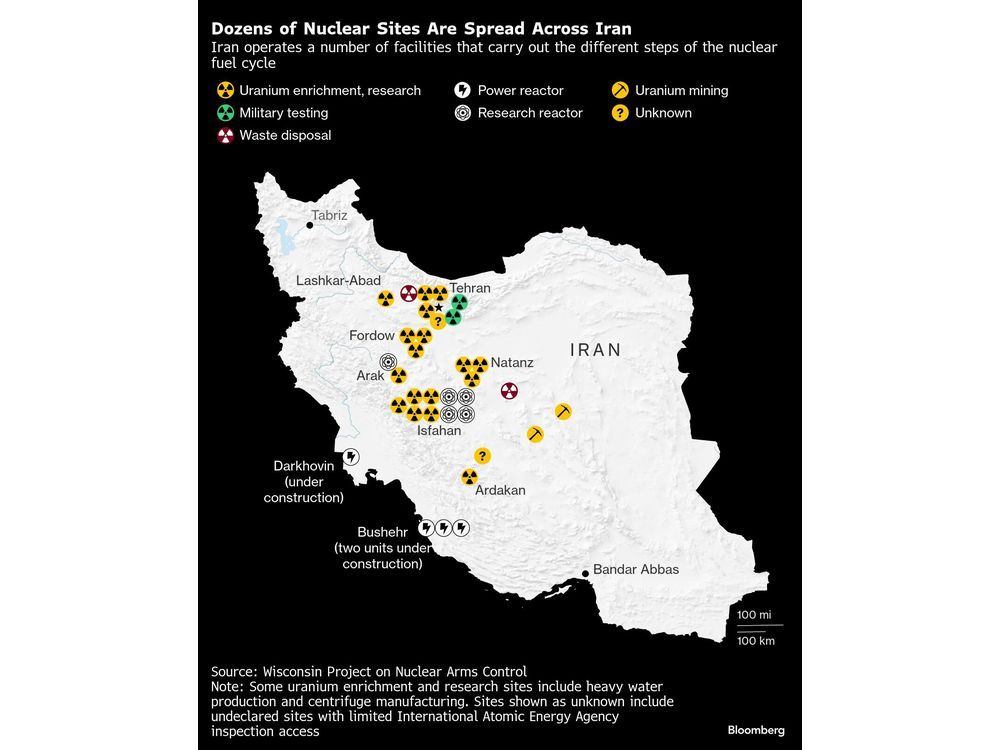In the world of finance, there are two main types of traders: discretionary and quantitative. Discretionary traders make decisions on their own, while quantitative traders use computer algorithms to make trading decisions. This type of trading has become increasingly popular in recent years, as it allows investors to take advantage of opportunities quickly and efficiently. In this blog post, we will discuss what quantitative trading is and how it works
What is quantitative trading?
Quantitative trading refers to any trading strategy that uses mathematical or statistical models for its implementation. This term has many different meanings, but most often refers to an investment style in which traders use computer algorithms and quantitative analysis (e.g., statistical) techniques to make trades on their behalf. These strategies are also known as algorithmic trading or automated trading systems.
How does quantitative trading work?
Quantitative trading is a form of automated or algorithmic trading in which computers follow rules (or algorithms) based on mathematical models to make decisions about the buying and selling of stocks, bonds, currencies, commodities, and derivatives. The term “quant” was first used in finance by Dr. William F. Sharpe, who in the early 1990s applied quantitative analysis to mutual fund performance and showed that its use could improve returns.
Quantitative trading strategies can be used by both individual and institutional investors. Institutions that use quantitative trading include hedge funds, investment banks, pension funds, and asset managers. Individual investors typically use quant strategies to trade stocks, options and futures.
Quantitative trading strategies can be used in all market conditions, but are most often used when the market is volatile or trending. In a stable or sideways market, discretionary traders have an advantage as they can more easily read the tape and trade on their own judgment.
What are quantitative trading strategies?
There are three main types of quantitative trading strategies: statistical arbitrage, momentum and mean reversion.
Statistical arbitrage strategies take advantage of price differences between similar securities based on historical data (i.e., past prices). For example, if a stock is trading at $100 per share with an average daily volume of 100 shares traded over the last month then we would expect it to trade at $101 the next day. A statistical arbitrageur would buy the stock at $100 and sell it immediately at $101, making a profit of $100 (less commissions).
Momentum strategies are based on the idea that prices trend in one direction for a certain period of time before reverting back to the mean. These strategies use technical analysis and historical data to identify trends in prices, which are then traded on the assumption that they will continue. For example, if an investor were looking at Apple’s stock price over time he or she might notice that it tends to trade around $100 per share with occasional spikes up (or down) of a few dollars every few weeks or months. The investor would buy Apple stock when it is trending up and sell it when its price starts to revert back towards $100 per share.
Mean reversion strategies are based on the idea that prices tend to move around a central value, which we call “the mean” (e.g., average). For example, a mean reversion strategy for a particular stock might involve buying the stock when its price falls below the mean and selling it when the price rises above the mean.
There are other quantitative trading strategies, but all share common features: they use computer models to make decisions about what to buy and sell, they are systematic (i.e., rules-based) and they use historical data to make predictions about future prices.
Conclusion
While discretionary trading is still popular, especially among individual investors, quantitative trading is becoming more and more common. This type of trading allows investors to take advantage of opportunities quickly and efficiently, which can be a major benefit in the fast-paced world of finance. What do you think about quantitative trading? Is it something you would consider using in your own investment portfolio?
Further questions
What's your question? Ask it in the discussion forum
Have an answer to the questions below? Post it here or in the forum



